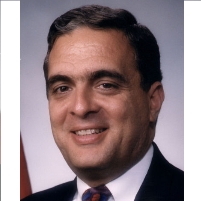CIA and Bush Administration Ignored Ineffectiveness of Torture
 George Tenet, pushed for use of torture
George Tenet, pushed for use of torture
“A perfect storm of ignorance and enthusiasm,” was how one former CIA official described the decision by high-ranking members of the Bush administration to utilize torture methods against detainees that had been proven ineffective years earlier by the US Army. According to the New York Times, administration officials held a series of meetings in 2002 to figure out how they could employ tougher techniques against suspected al Qaeda figures without breaking the law. Among those present at the meetings were President George Bush, Vice-President Dick Cheney, National Security Advisor Condoleezza Rice, Attorney General John Ashcroft and CIA Director George Tenet. It was then that a little known Army training program—SERE, or Survival, Evasion, Resistance and Escape—came to light, and the officials decided it was just what they were looking for.
- Top Stories
- Unusual News
- Where is the Money Going?
- Controversies
- U.S. and the World
- Appointments and Resignations
- Latest News
- Trump to Stop Deportations If…
- Trump Denounces World Series
- What If China Invaded the United States?
- Donald Trump Has a Mental Health Problem and It Has a Name
- Trump Goes on Renaming Frenzy






Comments